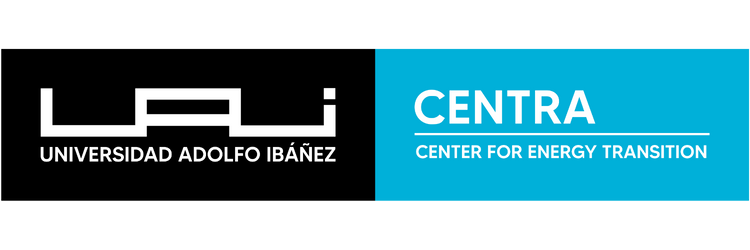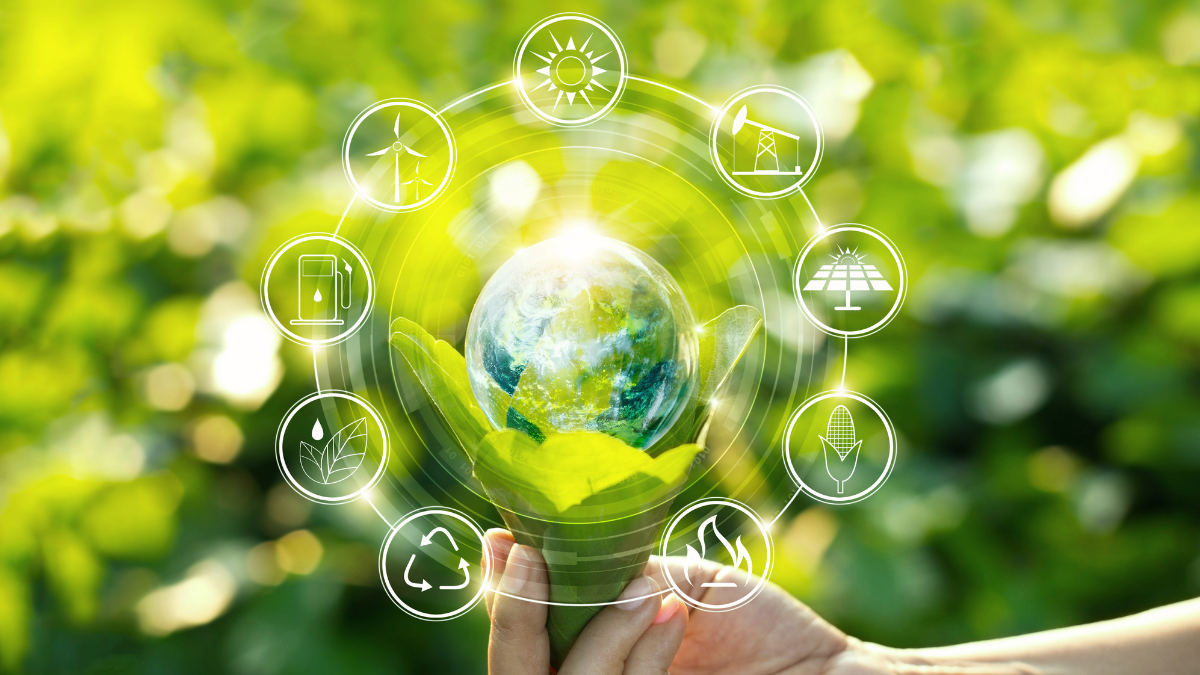Circular economy in generation projects
October 3, 2022
In Chile, initiatives are being developed to recycle and repurpose out-of-use components from renewable energy plants and other energy sector facilities. The goal is to achieve “zero waste.”
In 2021, Chile set an ambitious goal of generating 70% of its energy from renewable sources by 2050. Over the past decade, the country has experienced steady growth in clean energy projects, mainly solar and wind power.
However, like all products, energy infrastructure components have a limited lifespan. In the case of photovoltaic generation, solar plants contain millions of silicon cells, a material that must be discarded approximately every 25 years.
What Happens to Decommissioned Solar Panels and Wind Turbines?
According to Felipe A. Larraín, Ph.D. and academic at CENTRA-UAI, Chile’s renewable energy sector has not yet faced large-scale decommissioning of major components. “Thus, the most interesting cases remain isolated instances, mainly due to modernization efforts,” he noted.
One such case is the modernization of Engie’s Mejillones thermoelectric complex, specifically the CTA (Central Termoeléctrica Andina) and CTH (Central Termoeléctrica Hornitos) units. “This project, approved on April 4, 2022, aims to replace coal with 100% biomass. This involves transporting the new fuel from port facilities to the current coal yard, replacing conveyor belts, drive systems, and speed controllers to adapt them to biomass, in addition to modifications to the generating units,” explained Larraín.
The construction phase alone is expected to generate 45 tons of conveyor belt waste per day, along with other non-hazardous industrial waste, which could be disposed of in landfills, recycled, or repurposed for other applications.
Another example is the expansion of the Alto Baguales wind farm, owned by Edelaysen near Coyhaique. “The project involves replacing three 0.66 MW wind turbines with two new 3.8 MW turbines, along with six additional units of similar capacity. The project’s owner has indicated that the older machines will be dismantled, stored, and inspected to determine whether they can be relocated to a smaller wind farm, sold on the international market, or discarded,” Larraín said.
Zero Waste Construction
Roberto Muñoz, CEO of Andes Solar, shared the company’s successful experience in waste management during solar photovoltaic project construction in collaboration with Kyklos.
“In the first phase, we are handling all the waste generated during the construction of our solar projects to achieve ‘zero waste’ at construction sites. This ensures that waste does not end up in landfills and integrates the circular economy into our processes,” Muñoz explained.
In a later phase, Andes Solar plans to conduct a life cycle analysis of its solar plants. “We aim to optimize material selection, prioritize low-carbon-footprint products, and advance circularity in solar project development,” Muñoz added.
The company currently manages and diverts nearly 100% of construction waste away from landfills. Key recyclable materials include cardboard, plastics, film, strapping, and HDPE pipe scraps. Wood scraps, pallets, and PVC pipes are repurposed.
“Our recycling rate is between 80% and 95%, depending on project location. In the Metropolitan Region, we achieve higher rates due to a greater availability of waste management services compared to other regions,” Muñoz explained.
However, achieving zero waste also requires advances in solar panel recycling, particularly for panels damaged during transport or installation. “Looking ahead, virtually all components of a solar project—including panels, steel structures, electronic components, wiring, and fencing—can be managed in a circular system. However, we must proactively design plants with sustainability in mind throughout their entire lifecycle,” he emphasized.
Wind Turbine Recycling
Similarly, Jonathan Colombo, Head of Sustainability for Vestas Latin America, explained that the company is actively developing composite recycling technologies to achieve zero-waste wind turbines by 2040.
Currently, 85% of a Vestas wind turbine is recyclable, meaning most of its weight can be fully repurposed.
“The remaining challenge lies in recycling wind turbine blades, which are primarily made of epoxy resin and fiberglass. While these materials are lightweight, durable, and resistant, recycling them profitably and at scale without generating additional carbon emissions remains a challenge,” Colombo noted.
Vestas defines zero waste as preventing all waste generation and creating a circular economy for all materials, including carbon cycles.
“Through circularity, we aim to reuse, repair, remanufacture, or recycle components without resorting to incineration or landfilling. This principle applies to all our operations, including those of our direct suppliers, covering design, procurement, production, construction, services, sales, and end-of-life solutions for our materials,” Colombo explained.
Currently, Vestas is working on two circular economy projects: DecomBlades and CETEC.
- DecomBlades focuses on recycling existing wind turbine blades.
- CETEC is developing a new circular resin technology for future blades.
“In the short to medium term, we need to scale and refine projects like DecomBlades to ensure wind turbine blades are diverted from landfills,” Colombo stated.
Regarding CETEC, Colombo highlighted its potential to create circular epoxy value chains, maintaining the material properties of epoxy so recycled elements can be used in new blades.
Battery Recycling and Repurposing
Beyond renewable energy projects, Chile has also made progress in recycling used batteries from electric vehicles and other applications.
Francisco Aguirre, CEO of Andes Electronics, explained that the company has developed a technology that integrates batteries of various origins and capacities into a unified energy storage system.
“These systems consist of battery containers that allow for modular scaling. Additionally, smaller batteries can be repurposed for residential energy storage,” Aguirre explained.
Regarding the battery repurposing process, Aguirre stated:
- Characterization – Assessing remaining energy storage capacity, as batteries are typically discarded when they reach 75-80% of their original capacity.
- Non-invasive testing – Avoiding intervention in EV batteries, unless a specific, solvable failure is detected.
- Advanced diagnostics – The company has developed processes that accelerate battery assessments by up to 10 times.
“We must be cautious with the resources allocated to battery recovery. Often, the cost of refurbishing a battery outweighs its future investment potential,” Aguirre emphasized.
Once assessed, batteries are integrated into larger stationary energy storage systems using Andes Electronics’ proprietary technology.
Source: Revista Electricidad.

